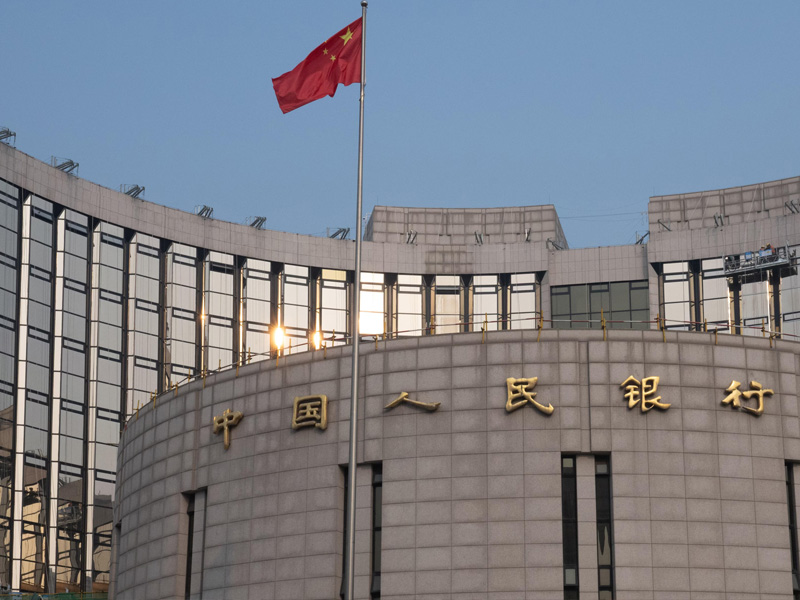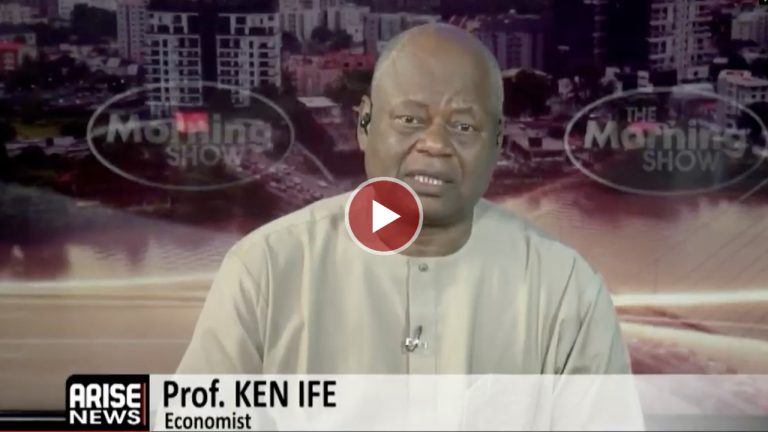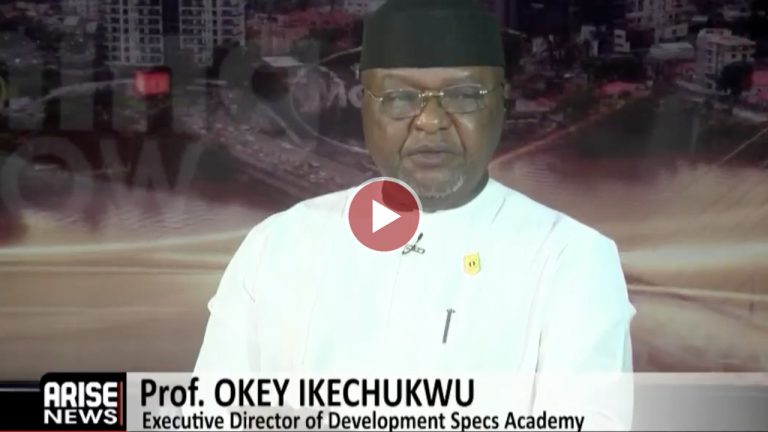
China’s economic growth slowed in October as both factory output and retail sales expanded at their weakest pace in over a year, highlighting rising pressures on policymakers to revitalise the $19 trillion export-driven economy. Weak domestic demand and ongoing trade tensions with the US have compounded risks to growth.
Industrial output rose 4.9% year-on-year in October, according to the National Bureau of Statistics (NBS), marking the slowest annual growth since August 2024 and missing forecasts of a 5.5% increase. In September, output had risen 6.5%. Retail sales, a key measure of consumer spending, grew 2.9%, also their lowest pace since August last year and slightly below the 2.8% forecast.
Economists said the data underscores structural challenges facing the world’s second-largest economy. “China’s economy is facing pressures from all sides,” said Fred Neumann, chief Asia economist at HSBC. “Export-driven growth will be hard to sustain, and without meaningful stimulus, domestic consumption and investment may struggle to recover.”
October also saw a slump in exports and a break in an eight-month streak of rising car sales, despite expectations that auto purchases would pick up ahead of subsidy phase-outs. Retail figures were slightly lifted by the Singles’ Day shopping festival, yet consumer sentiment remained muted, suggesting even discounted prices have limited impact.
Fixed asset investment fell 1.7% in the first ten months year-on-year, worse than the expected 0.8% decline, as low confidence slowed spending on infrastructure and private projects. Policymakers have acknowledged the need to boost household consumption, manage local government debt, and address long-standing supply-demand imbalances, but structural reforms carry political risk.
“The headline figure is being propped up by state-owned enterprises in infrastructure,” said Yuhan Zhang, principal economist at the Conference Board’s China Center. Meanwhile, the property sector a major household wealth store continues to struggle, with new home prices declining at the fastest monthly pace in a year.
Analysts suggest Beijing may delay significant stimulus until 2026, as the government needs only 4.5%-4.6% growth in the fourth quarter to meet its 5% annual target. Structural challenges, including a slowing property sector, trade uncertainties, and weak consumer spending, will likely remain central concerns for policymakers.
Erizia Rubyjeana



